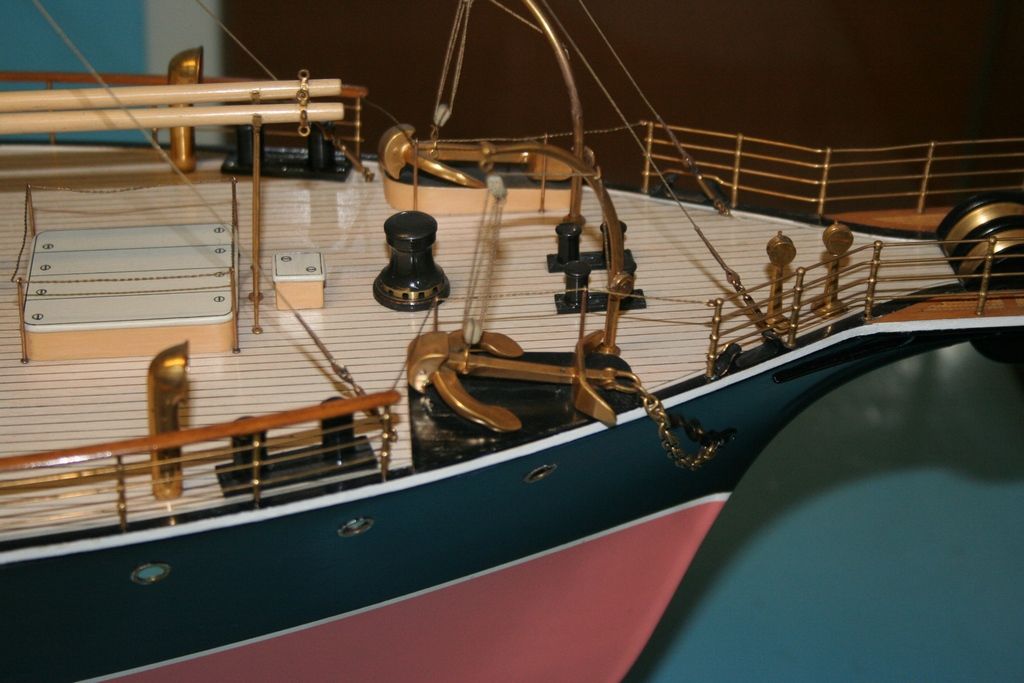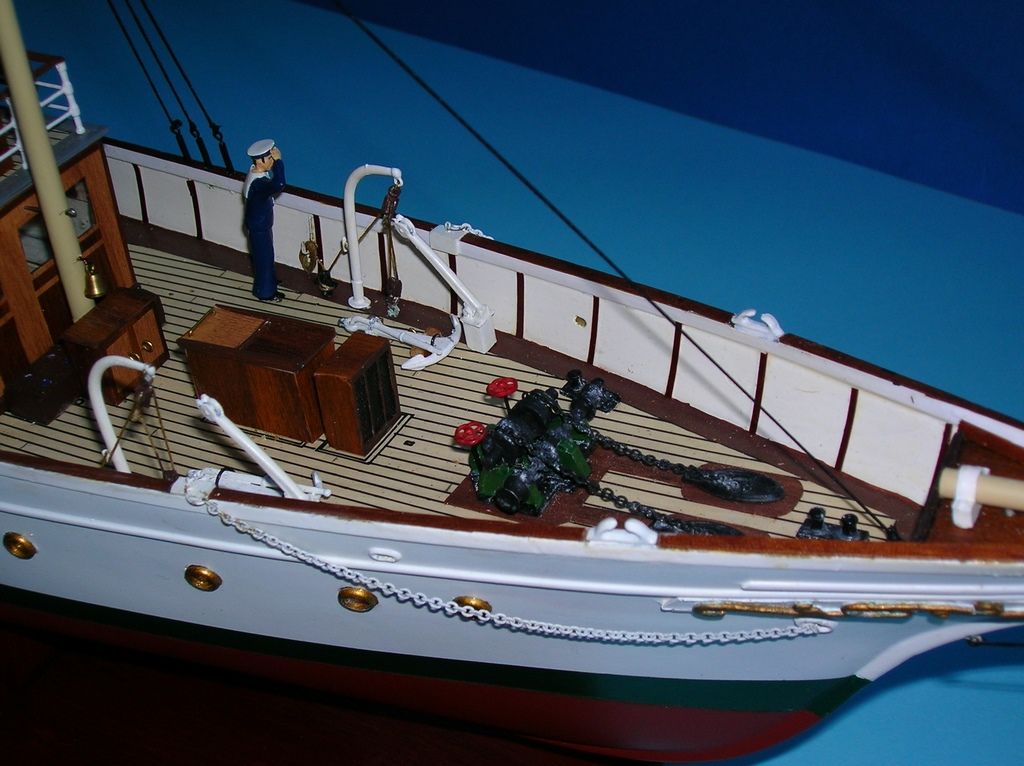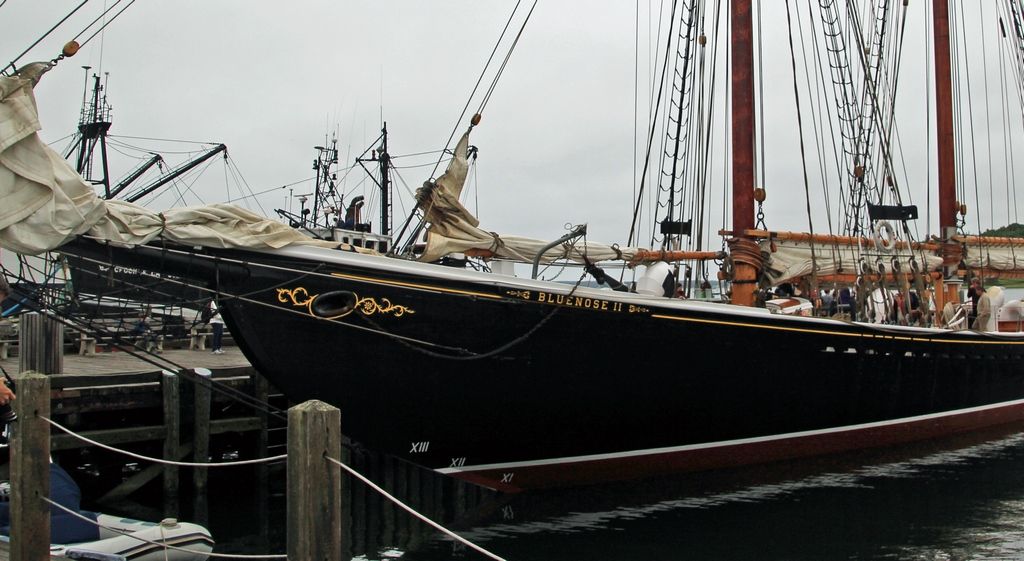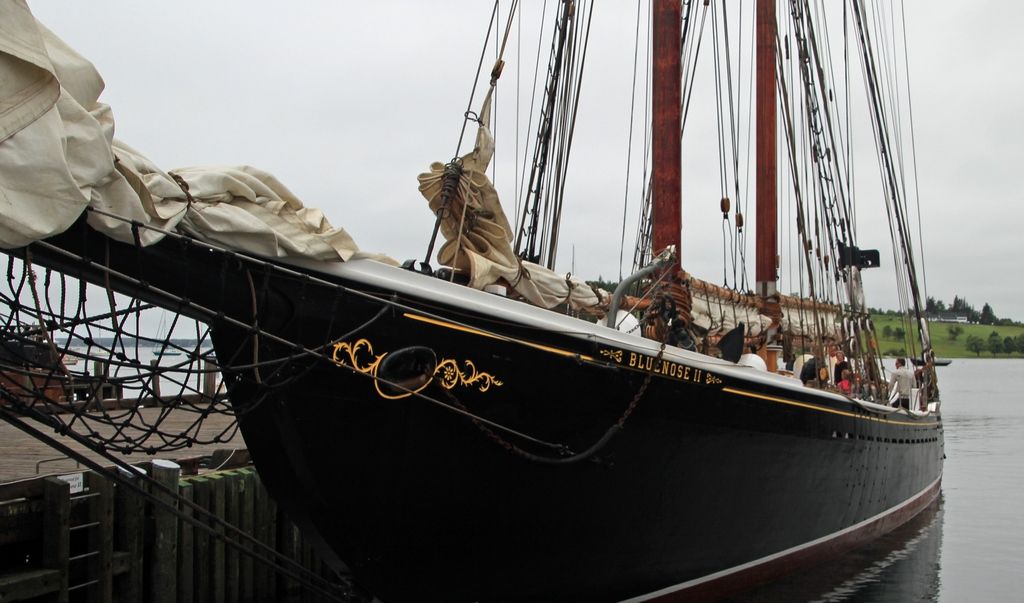John,
It has happened to many a modeler that the rivets got to them in the end, so why should you be immune?! 
More seriously, no not necessarily a rivet counter, but perhaps a rivet acknowledger?!
By this I mean that a rivet ignorer won't even notice that a surface is composed of riveted plates, but just make it flat; a rivet acknowledger will know that there are plate lines and rivets, and try to reproduce them to at least a general effect level; while a real rivet counter will strive for an exact reproduction of the original plate pattern and count and measure the exact number, size and placement of the rivets.
And so on, mutatis mutandis, for all other aspects of a build.
My personal view is that all these approaches have an equal intrinsic value, because I firmly believe that the only person whose opinion really counts is the builder. If rivets leave you cold, don't bother with'em! If one too few or too many makes you break out in a painful rash, by all means get a-counting!
I will say, though, that once you have thought about a possible improvement on the basic approach, it is usually better to go through with it, as otherwise you risk having to live with that slight, internal wince of dissatisfaction every time you look at the result. I say usually, because of course one has to weigh up additional expenditure of money and time against the level of improvement and against the general level of achievement (one super-detailed item on an otherwise stand-off scale build risks looking rather out of place, if you see what I mean) aimed for.
I bought some lovely, extremely fine link copper chain a while back, and shall go through my archives tonight or tomorrow to see if I can find out where that came from (I don't remember of the top of my head), and if I find it, post a link here.
Mattias
Edited By Banjoman on 23/03/2018 09:31:51
Edited By Banjoman on 23/03/2018 09:32:30


 )
)











